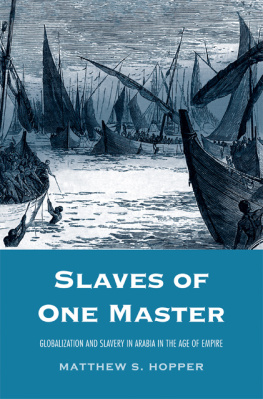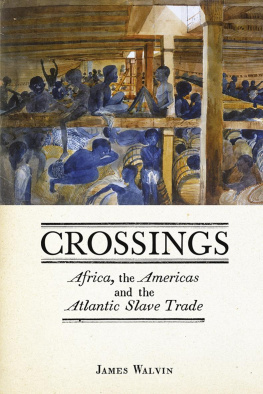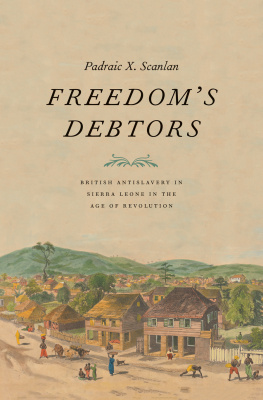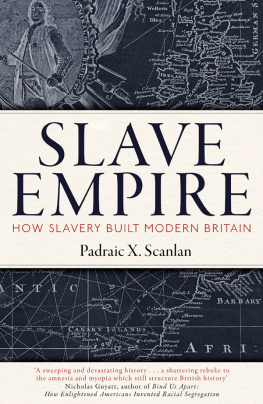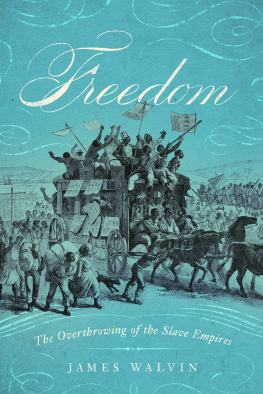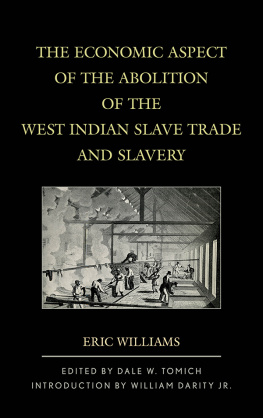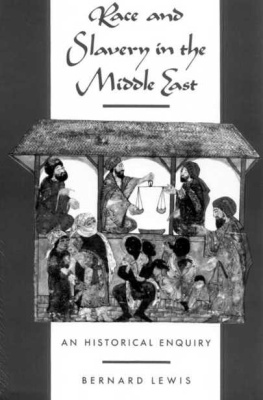

Copyright 2015 by Yale University.
All rights reserved.
This book may not be reproduced, in whole or in part, including illustrations, in any form (beyond that copying permitted by Sections 107 and 108 of the U.S. Copyright Law and except by reviewers for the public press), without written permission from the publishers.
Yale University Press books may be purchased in quantity for educational, business, or promotional use. For information, please e-mail (U.K. office).
Set in Galliard type by IDS Infotech Ltd., Chandigarh, India.
Printed in the United States of America.
Library of Congress Control Number: 2015931443
ISBN: 978-0-300-19201-8 (cloth: alk. paper)
A catalogue record for this book is available from the British Library.
This paper meets the requirements of ANSI/NISO Z39.48-1992 (Permanence of Paper).
10 9 8 7 6 5 4 3 2 1
CONTENTS
PREFACE
Salama was nineteen years old when war came to her town in Ngindo-speaking southeastern Tanzania in 1869. Her father was killed, and her home was destroyed. She and her sister were sold to slave traders who forced the women to walk a months distance to the coastal city of Kilwa. From there, Salama and her sister were sent by boat to Zanzibar, where they were separated and sold to different slave traders. Off the coast of Oman, the ship that carried Salama was stopped by a British naval patrol, which suspected the ship of transporting slaves to the Arabian (Persian) Gulf (the Gulf) in violation of a treaty with the sultan of Muscat. British officers boarded the ship, seized the Africans aboard, and recorded some of their testimonies. Salamas story is preserved in the records of that seizure, but there is no account of what happened to her sister. If she survived the journey, Salamas sister likely became one of the hundreds of thousands of Africans taken from East Africa to the Arabian Gulf in the nineteenth century.
Salama and her sister highlight the central problem of this book. Historians know much about the Africans who were captured by British antislavery patrols in the Indian Ocean and something about those who were enslaved on the coast of East Africa. But we know remarkably little about the African captives who were transported to many destinations around the Indian Ocean. A growing scholarly literature has begun to explore the history of this branch of the African diaspora, but Arabiawhich received a considerable number of captives from East Africahas remained largely unexplored by historians. The aim of this book is to fill this gap in the literature by recounting the story of the Africans who were enslaved in the Gulf in the late nineteenth and early twentieth centuries.
I first read Salamas story as a doctoral student, and it profoundly moved me. Inspired in part by stories like hers and in part by my exposure to Pan-Africanism as a student at Temple University and my readings in diaspora studies with Edward Alpers at UCLA, I drafted research proposals, received financial support, and departed in the summer of 2001 to begin work on this project in Yemen and Oman. With a theoretical and methodological background and years of training in both Swahili and Arabic, I anticipated uncovering the kinds of documentary sources that would allow me to fill a significant gap in the historical literature and bring stories like Salamas into clearer view. I hoped that Arabic manuscripts would reveal the inner workings of the slave trade and allow me to draw the kinds of concrete conclusions made by historians of the tran-satlantic slave trade and provide a non-Eurocentric framework for understanding this rich history. I imagined that hitherto elusive documents would provide me a portal into the lives of slaves themselves and that interviews with the descendants of enslaved Africans in Arabia would provide additional depth of understanding of African cultural retentions, survivals, coping mechanisms, and diasporic consciousness.
No research project turns out exactly as planned, and I was unprepared for the shifts that would be required in both my framing and conducting of this research. My first adjustment was geographic. Four months into my stay in Yemen, the September 11 attacks and their aftermath presented challenges for my research agenda in that country. Moving eastward to the Gulf was expedient in the short term but also proved logical in the long term, as the origins of African communities on the Gulf side of Arabia differ from those of the Red Sea side (). With some adjustments to my research plans, including a temporary shift in location to Zanzibar, I was ultimately able to spend more than a year, cumulatively, in Oman, the United Arab Emirates (UAE), Bahrain, and Qatar, where I attempted to visit every town and village in those countries that was accessible by paved road at the time. The Arabia of this books title is thus limited to eastern Arabia and the Gulf.
Specialists in this field may be disappointed by the preponderance of European (mainly British) sources in this book, particularly as the voices of the Africans whose lives this book seeks to uncover will necessarily be contained behind several mediating layers. This limitation demands explanation. The question of whether the enslaved or subaltern may actually speak for themselves was raised provocatively by Gayatri Spivak and has been revisited variously since. Spivaks interrogation of the representation (and re-presentation) of the subaltern subject in theoretical and historical texts has presented a challenge to cultural historians of imperialism and slavery that endures today. Her determination that the subaltern as female cannot be heard or read is exemplified poignantly by descriptions of colonial and post-colonial forces claiming to represent the silent dead. Whether it is Victorian imperialists justifying a civilizing mission in India through the mistranscribed names of widows of sati, male independence movement leaders interpreting a female activists suicide, or the contemporary historian/critic attempting to represent the motives/actions of masses/workers/subalterns, she concludes that one cannot put together a voice.
In an important essay, Troutt Powell expands on Spivaks criticism to show how historians in the twentieth century have been complicit in the muting of slave voices by reinforcing artificial geographic divisions, accepting monolithic and universal constructions of race and religion, and placing a blind faith in the word of nineteenth-century British men on the spot. Perhaps most important, Troutt Powell challenges us to consider the influence of Atlantic slave narratives on nineteenth-century European conceptions of Middle Eastern slavery and their lingering influence on twentieth-century historiography. Echoing scholars of African American studies, she acknowledges the limits of freed slaves authorial autonomy and reminds us that Atlantic slave narratives often reflected the editorial supervision of white American abolitionists to the extent that the experience of slavery itself becomes the subject of these stories, while the former slave remains the object. Thus, in the absence of the voices of the slaves themselves, historians have tended to speak for them, allowing nineteenth-century perspectives to shape the grounding assumptions of twentieth-century historiography.
More recently, Ehud Toledano, in examining the history of enslaved populations in the Ottoman Empire, has concluded that in the absence of a significant number of slave narrativeswhich increased the difficulty in reconstructing the voices of the enslavedthe research requires that one adopt a more flexible approach to the interpretation of the available sources. Toledano suggests using techniques of voice recovery or experience reconstruction, processes that expand the definition of voice from speech alone to actionas both commission and omissionrelying on careful examination of silences and the use of at least some measure of imagination, which he employs to read complex documentary material. The pioneering work of Troutt Powell and Toledano inspires much of my use of sources in this book.
Next page
